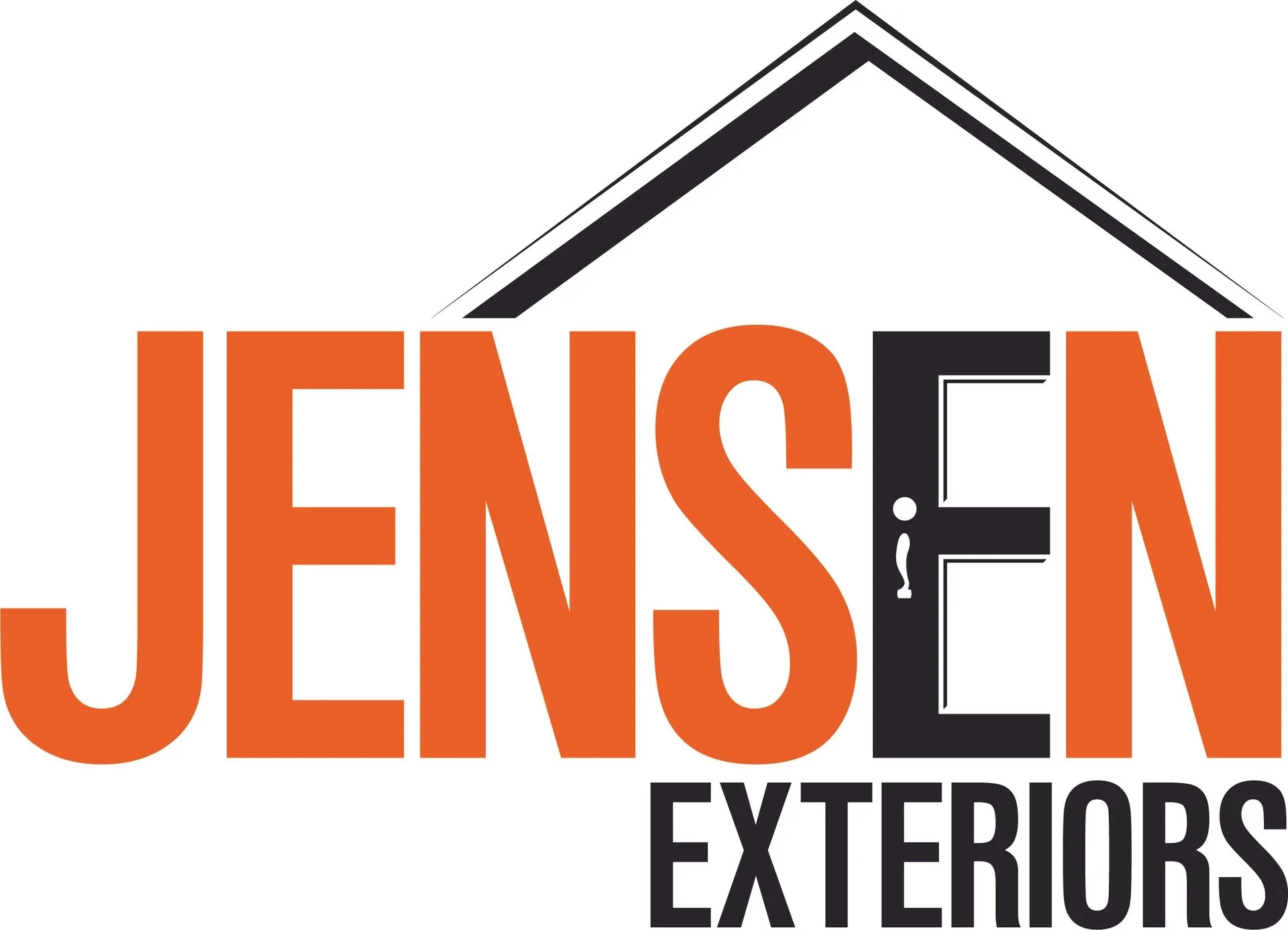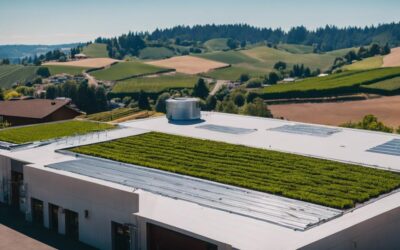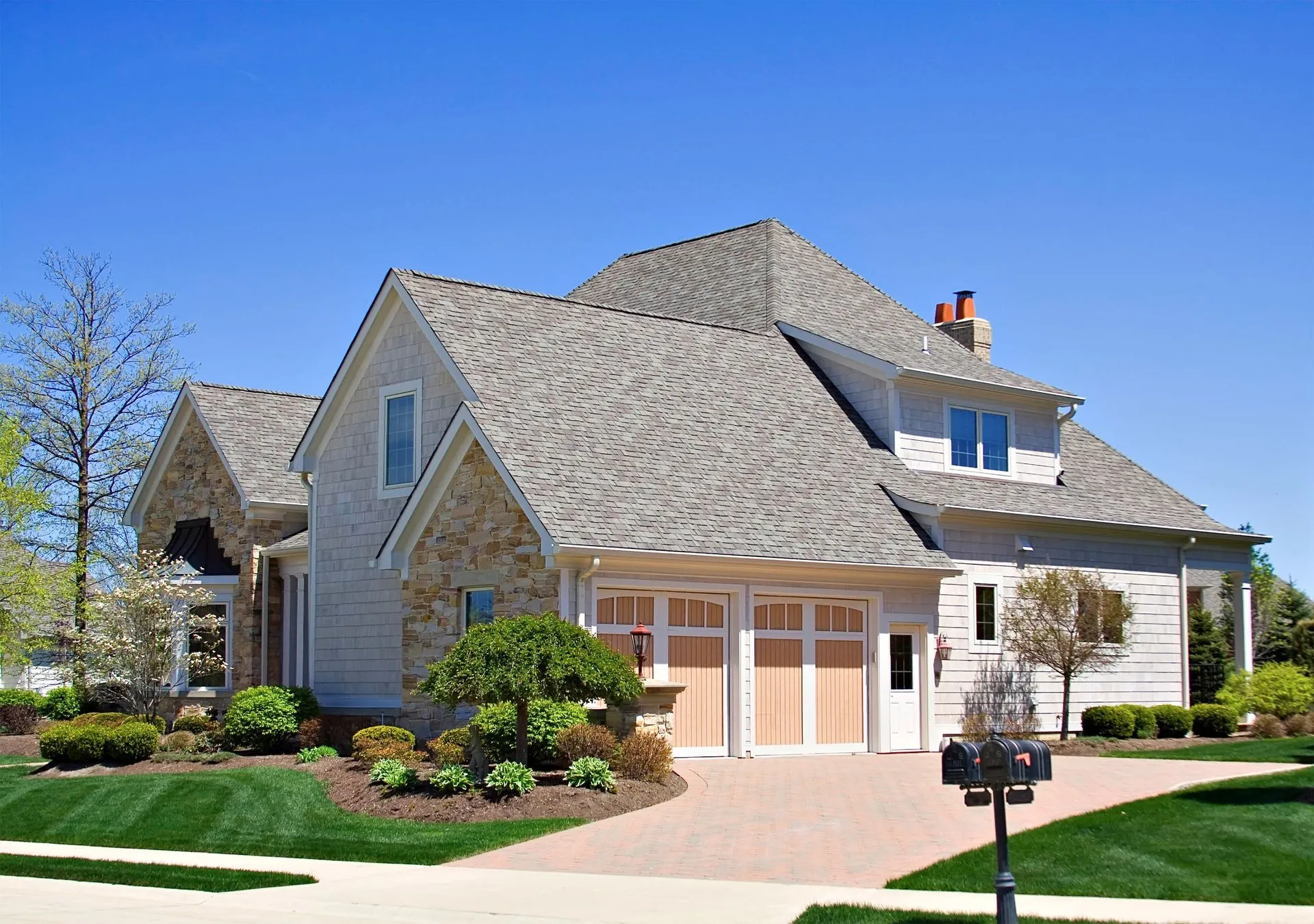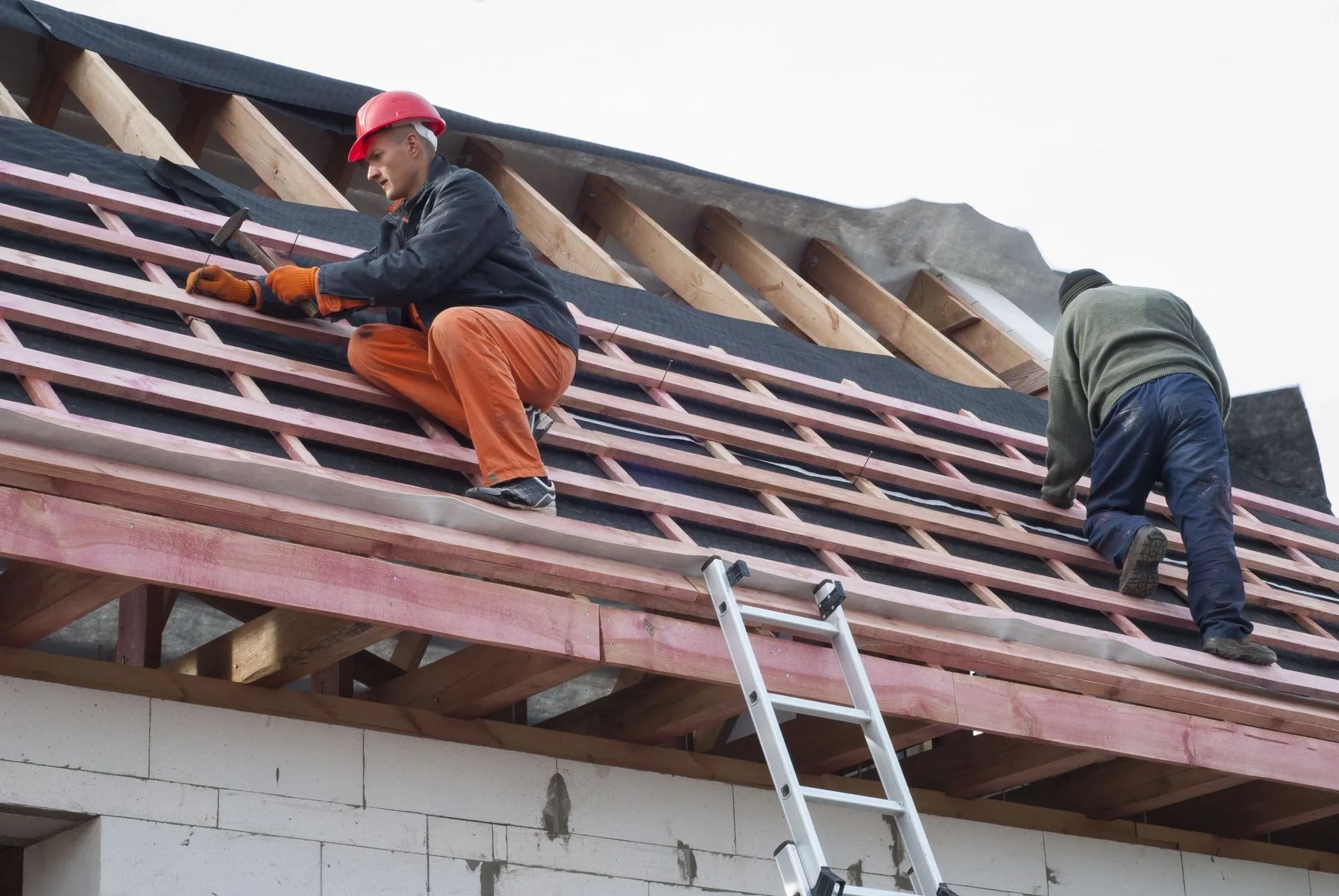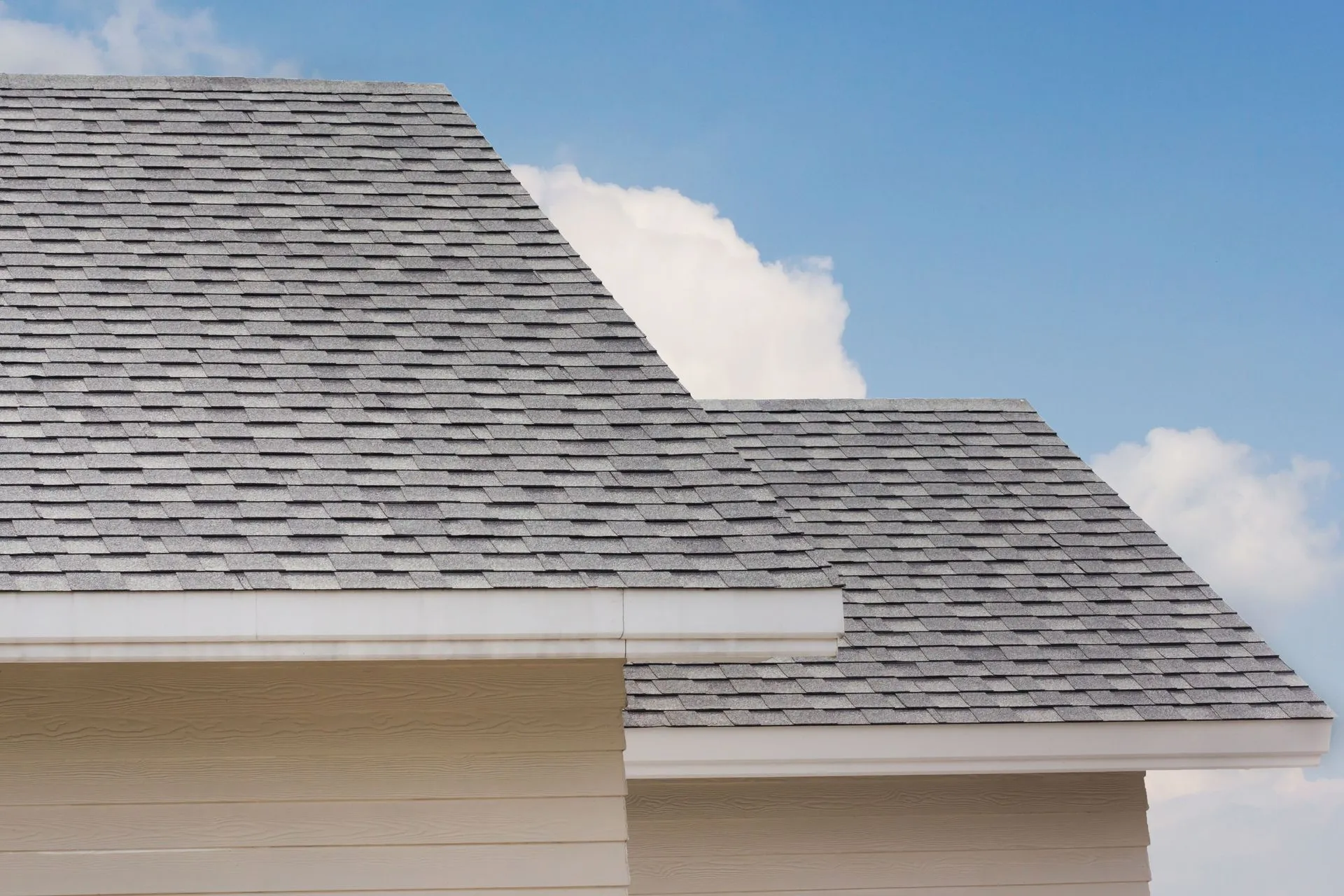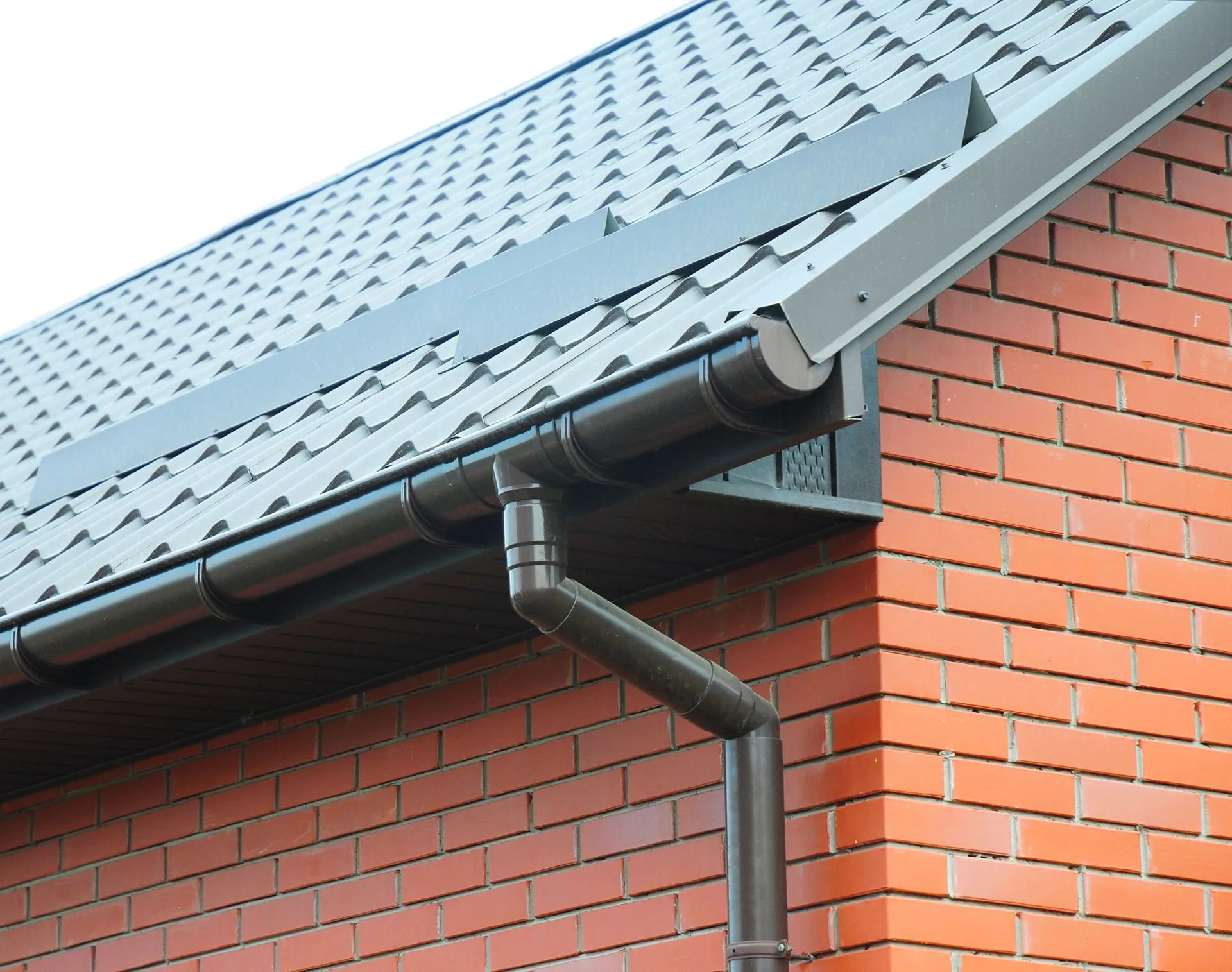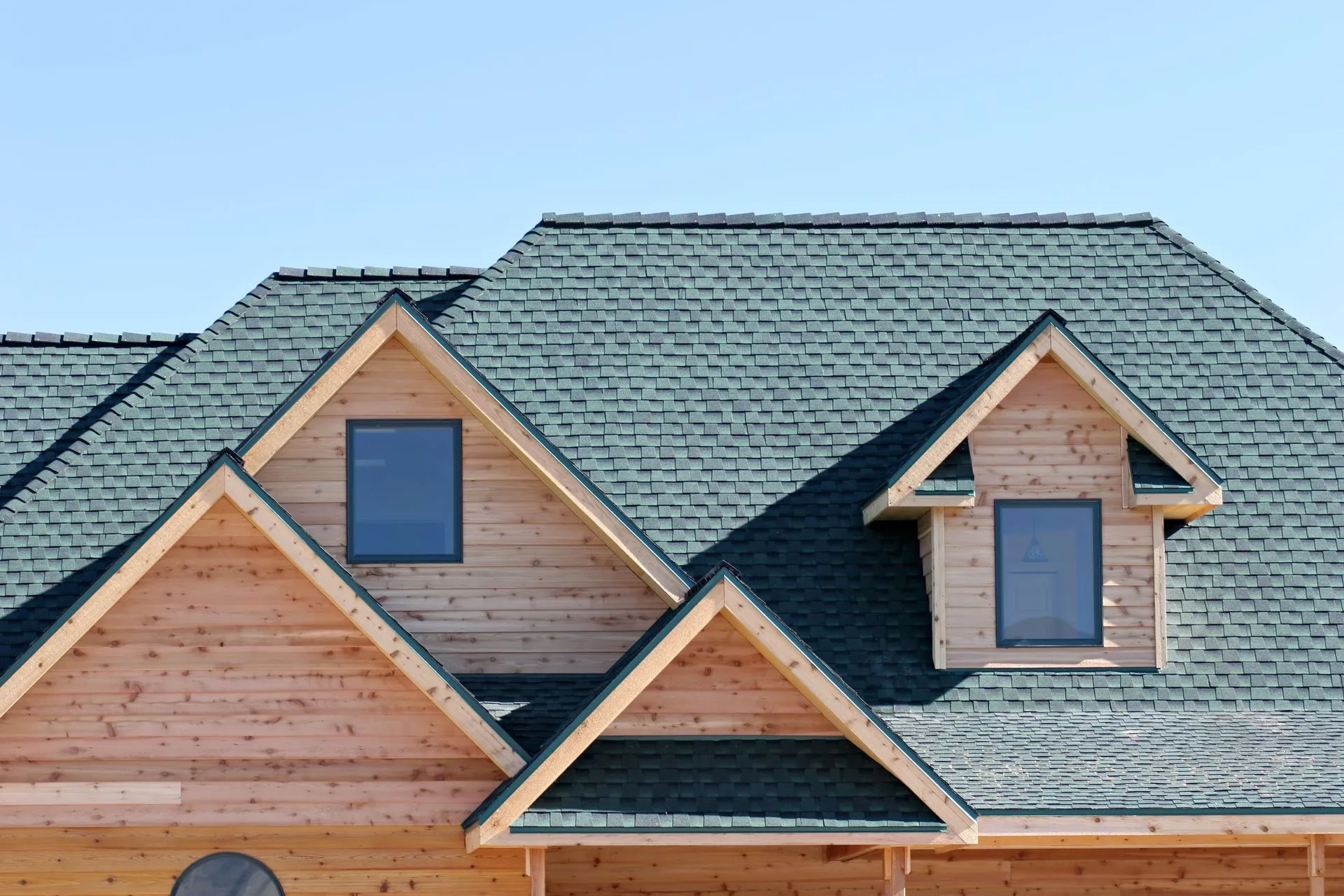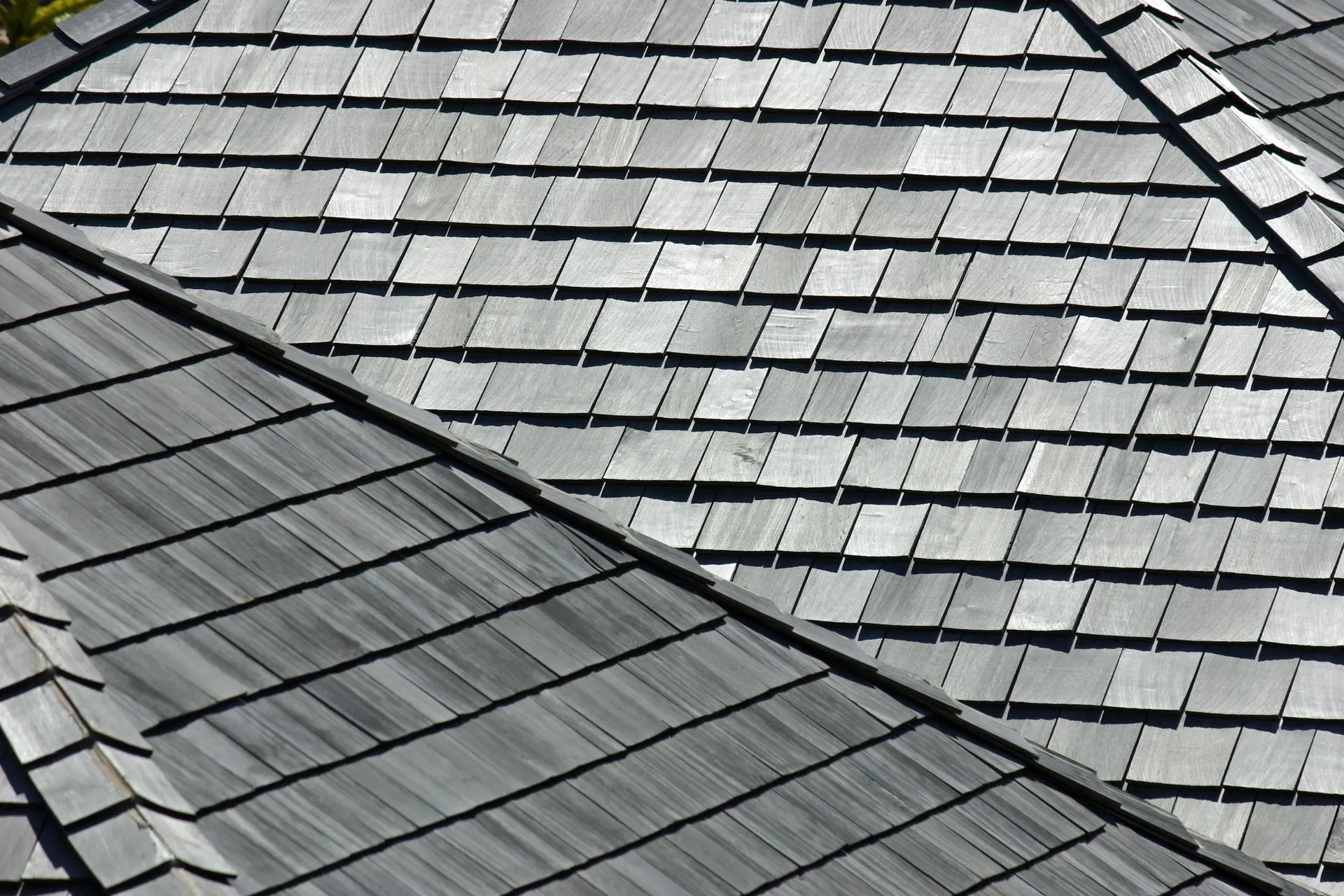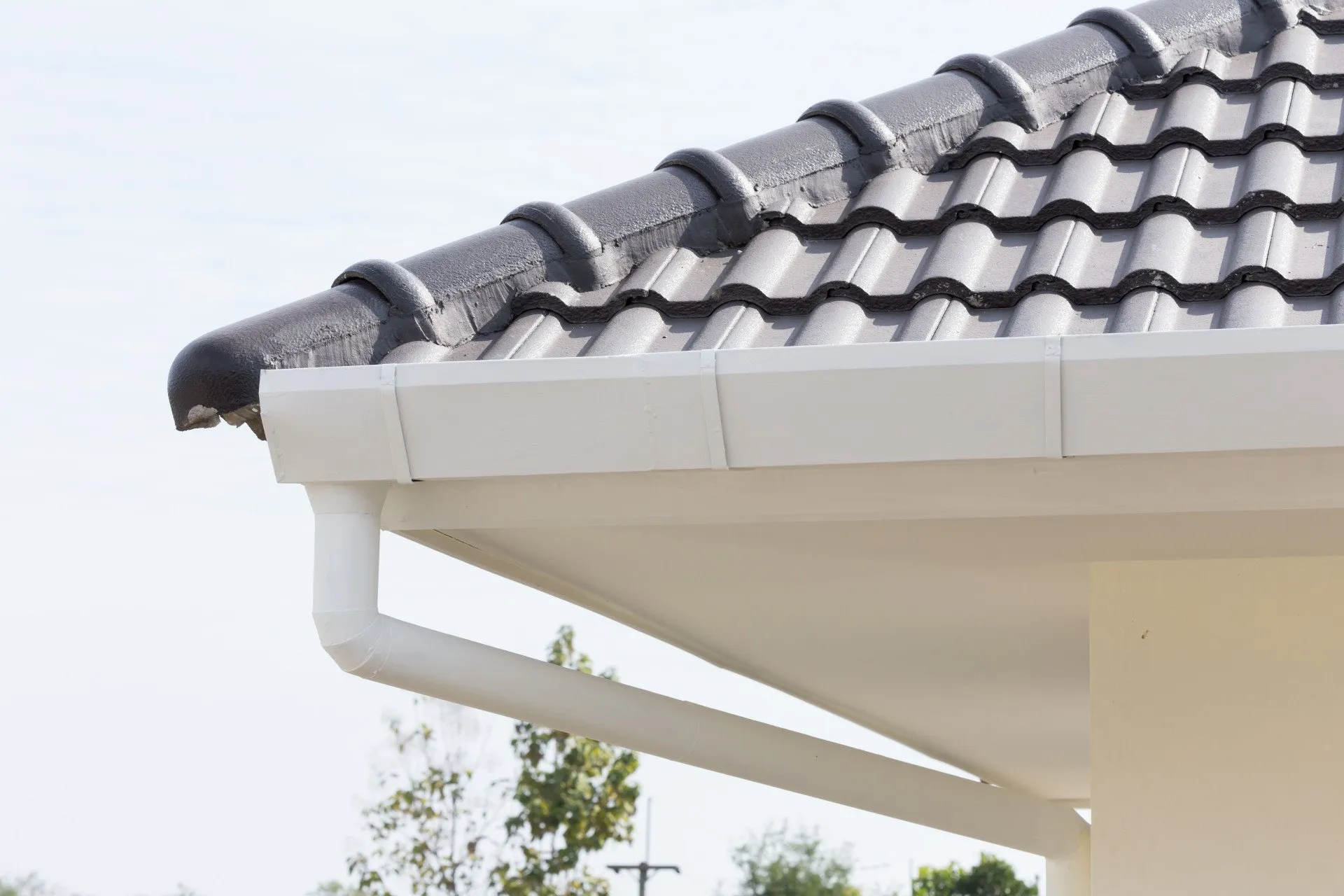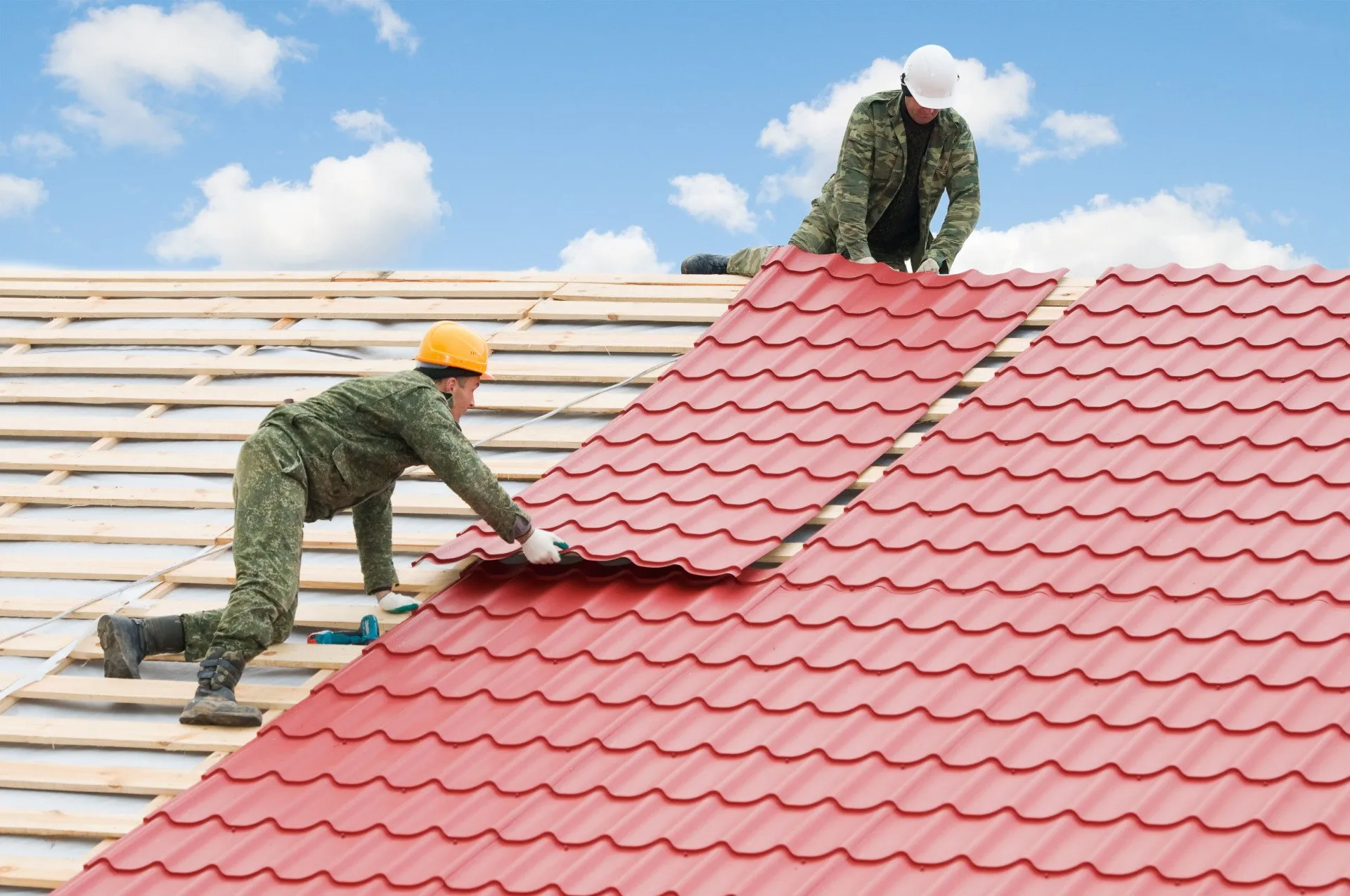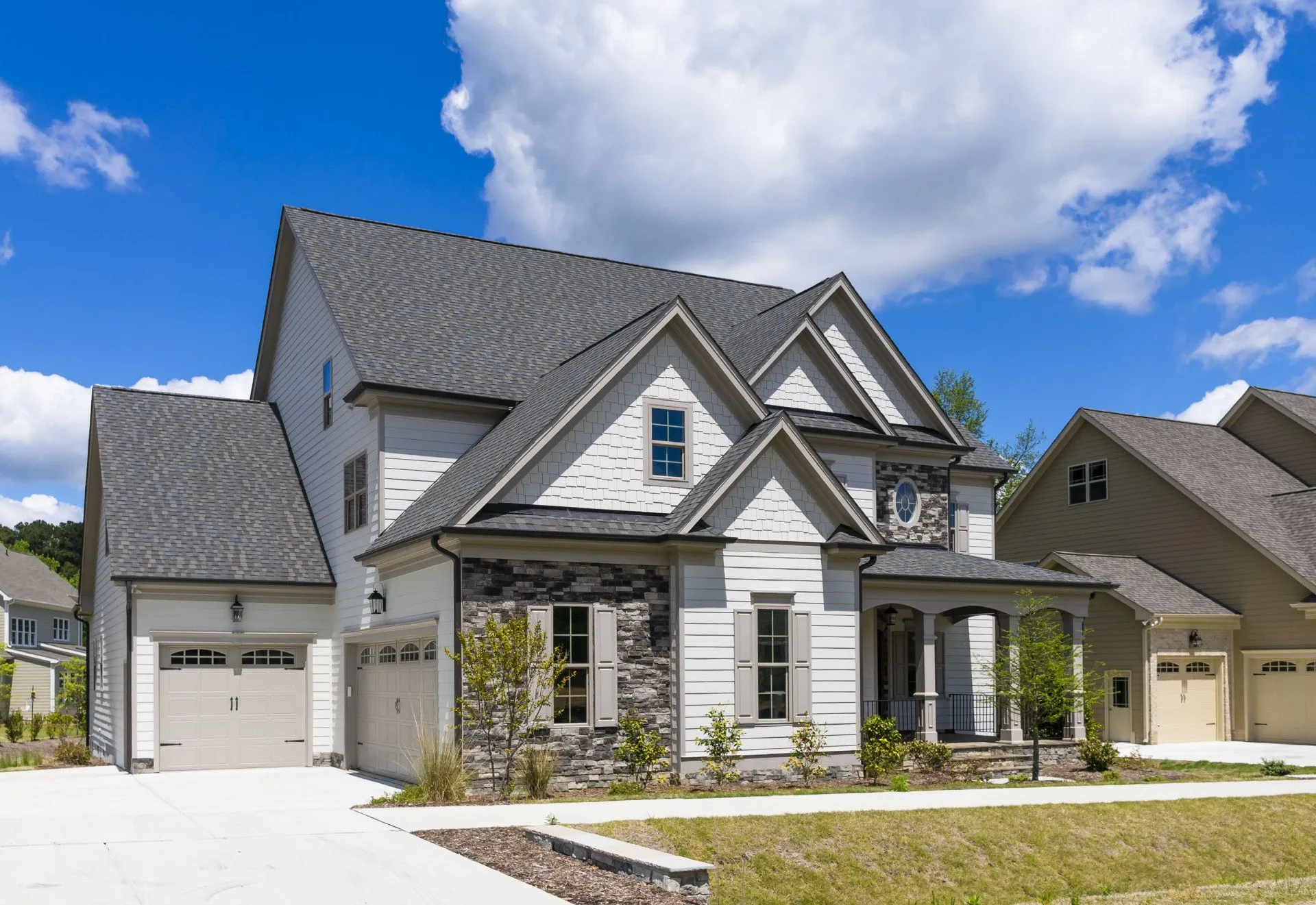Understanding Willamette Valley Weather
Grasping the nuances of Willamette Valley’s weather patterns is essential for homeowners considering residential roofing solutions in the area. This region, nestled in the Pacific Northwest, is characterized by a temperate oceanic climate, which brings with it a unique set of challenges and considerations. The weather is mainly wet, especially from late autumn through to the end of winter, with heavy rainfall being a common occurrence. This high level of precipitation necessitates roofing systems that are not only waterproof but also capable of withstanding prolonged exposure to moisture.
Moreover, while the summers can be relatively dry and warm, sudden rain showers are not uncommon and can test the resilience of roofing materials. The seasons, spring and fall, though milder, can still present unpredictable weather patterns, ranging from cool, wet conditions to occasional bursts of heat. This variability demands a versatile roofing solution that can adapt to a wide range of environmental conditions.
Understanding these weather intricacies is critical for homeowners in Willamette Valley. It informs the decision-making process, ensuring the selection of roofing options that are not only aesthetically pleasing but also functionally robust, capable of protecting their homes against the region’s diverse and sometimes harsh weather conditions.
Best Roofing Materials for the Region
Given the distinctive weather patterns of Willamette Valley, selecting the right roofing materials is paramount for homeowners in the region. The valley’s climate, characterized by wet winters and dry summers, demands roofing materials that can withstand heavy rainfall, potential snow, and periods of intense sun.
Asphalt shingles stand out as a popular choice due to their affordability, durability, and wide range of styles. They are known for their ability to resist water penetration and are relatively easy to install and maintain, making them an ideal option for many homeowners. Metal roofing is another excellent choice for the Willamette Valley. It offers superior longevity, is lightweight, and reflects solar radiant heat, which can help in reducing cooling costs during the warmer months. Metal roofs are also highly resistant to wind and can handle the weight of snow, making them suitable for the diverse weather conditions of the region.
Slate and tile roofs, though more expensive, offer unmatched durability and longevity. They perform exceptionally well under heavy rainfall and can last for decades, making them a worthwhile investment for homeowners looking for long-term solutions. These materials also add a distinctive aesthetic appeal to homes, enhancing their overall value.
Popular Roofing Styles in Willamette Valley
In the Willamette Valley, homeowners favor several roofing styles that not only cater to the region’s weather demands but also enhance the aesthetic appeal of their properties. Among the most popular are gable and hip roofs, known for their traditional appearance and effective water drainage capabilities. Gable roofs, with their steep pitches, are particularly suited for areas receiving heavy rainfall, a common characteristic of the Willamette Valley climate. This style also allows for additional attic space or vaulted ceilings, providing functional benefits alongside its aesthetic appeal.
Hip roofs, with slopes on all four sides, offer excellent stability and resistance against high winds, making them another top choice for homeowners in the area. Their symmetric shape is not only visually pleasing but also contributes to their durability and effectiveness in water shedding.
Moreover, the increasing trend towards sustainability has seen a rise in the popularity of green roofs. These living roofs are not just visually striking but also promote better insulation, reduce runoff, and enhance the local ecosystem. While not as widespread as gable or hip roofs, green roofing is gaining traction among environmentally conscious homeowners, reflecting a shift towards more sustainable living practices in residential architecture.
Importance of Proper Insulation and Ventilation
Proper insulation and ventilation are essential components in the architectural integrity of residential roofing, ensuring energy efficiency and the longevity of the structure. In the Willamette Valley, where weather conditions can vary greatly, these aspects are particularly vital. Insulation serves as a barrier to heat loss and gain, especially in attics and roofs where thermal transfer is most important. Without adequate insulation, homes can suffer from higher energy bills due to the HVAC systems working overtime to maintain comfortable temperatures.
Ventilation, on the other hand, plays an important role in reducing moisture accumulation that can lead to mold growth and wood rot. In the humid climate of the Willamette Valley, proper airflow is crucial to prevent the deterioration of roofing materials and structural components. Ventilation systems, including soffit vents, ridge vents, and attic fans, help to keep air moving through the attic space, mitigating moisture and regulating temperature.
Moreover, the synergy of insulation and ventilation systems enhances the overall air quality within a home and prevents ice dams in colder months—a common issue in the region. By maintaining a balanced attic temperature, these systems work together to safeguard the roof’s structure, ensuring its durability and functionality over time.
Seasonal Maintenance Tips
As the seasons change in the Willamette Valley, so do the needs of your residential roof. From winter prep essentials that safeguard your home against harsh conditions, to summer damage prevention strategies that protect your investment, and onto an autumn cleanup guide that readies your roof for the wet months ahead, understanding these seasonal maintenance tips is essential. This segment will provide homeowners with actionable advice on how to keep their roofing system in peak condition throughout the year.
Winter Prep Essentials
Why should homeowners in the Willamette Valley prioritize winterizing their roofs? The region’s unique climate, marked by wet winters, demands that roofs be prepared to handle heavy rainfall and potential snow. Prioritizing winter prep can prevent water damage, which can compromise the structural integrity of a home. Essential winterization steps include inspecting and cleaning gutters to guarantee proper drainage, checking for and repairing any missing, loose, or damaged shingles to prevent water infiltration, and ensuring attic insulation and ventilation are sufficient to avoid ice dam formation. These steps not only protect the home but also extend the life of the roof, making it a wise investment in the property’s longevity and safety. Engaging a professional for a pre-winter roof inspection is highly recommended to address any potential issues effectively.
Summer Damage Prevention
Shifting focus to the summer months, homeowners in the Willamette Valley should implement seasonal maintenance strategies to prevent heat and sun damage to their roofs. High temperatures and prolonged exposure to direct sunlight can degrade roofing materials, leading to cracks, warping, and fading. It’s advisable to conduct a thorough inspection of the roof before the onset of summer. Look for signs of wear and tear, such as missing or damaged shingles, and make necessary repairs promptly. Applying a reflective roof coating can also help guarantee heat absorption, reducing thermal shock that causes materials to expand and contract drastically. Clearing debris from gutters and downspouts ensures proper drainage during summer storms, preventing water accumulation and potential damage. Adopting these preventive measures will extend the lifespan of your roof and maintain its structural integrity.
Autumn Cleanup Guide
Shifting into the autumn months, homeowners in the Willamette Valley should prioritize seasonal roof maintenance to address any post-summer wear and prepare for the coming colder weather. This involves a thorough inspection to identify and repair any damages such as loose or missing shingles, cracks, or leaks. Cleaning gutters and downspouts is important to prevent water buildup and potential damage to the roofing system. Removing debris, like leaves and branches, from the roof surface can avert water pooling and mold growth. It’s also advisable to trim overhanging tree branches to reduce debris accumulation and minimize damage from storms. Implementing these maintenance tips can extend the life of your roof and ensure it remains in top condition throughout the seasons.
Choosing the Right Roofing Contractor
Selecting the appropriate roofing contractor is crucial for guaranteeing a successful and durable roof installation in the Willamette Valley. The region’s unique climate demands expertise in selecting and installing roofing materials that can withstand its weather conditions. To assist homeowners in making an informed decision, here are key factors to ponder when choosing a roofing contractor:
- Experience and Local Knowledge: Look for a contractor with extensive experience and knowledge of the Willamette Valley’s specific roofing needs.
- Reputation and Reviews: Check online reviews and ask for references to gauge the contractor’s reputation among past clients.
- Licensing and Certification: Ensure the contractor is licensed to operate in Oregon and holds any necessary certifications from roofing material manufacturers.
- Portfolio of Completed Projects: Request to see a portfolio of their previous work to assess their quality and expertise.
- Communication and Professionalism: Choose a contractor who communicates clearly and demonstrates professionalism from the initial consultation to the completion of the project.
The Role of Warranties and Insurance
Understanding the intricacies of warranties and insurance is essential for homeowners in the Willamette Valley seeking to safeguard their roofing investments. This section will elucidate the scope of warranty coverage, navigate the complexities of the insurance claims process, and highlight the critical role of preventative maintenance. These elements collectively guarantee long-term durability and financial security for residential roofing projects.
Warranty Coverage Explained
When considering residential roofing in Willamette Valley, understanding the intricacies of warranty coverage and the protective role of insurance is vital for homeowners. Warranty coverage can vary greatly, impacting both immediate repairs and long-term roof health. Understanding what is covered—and what is not—can save homeowners from unexpected expenses.
- Manufacturer Warranties: Often cover defects in roofing materials.
- Workmanship Warranties: Provided by contractors to cover installation errors.
- Prorated vs. Non-Prorated: Understanding the depreciation of warranty value over time.
- Transferability: Some warranties can be transferred to new homeowners, enhancing property value.
- Exclusions: Recognizing what conditions and damages are not covered by your warranty.
These elements are essential for ensuring that your investment in roofing is protected against both defects and installation shortcomings.
Insurance Claims Process
Understanding the insurance claims process, especially in the context of residential roofing in Willamette Valley, requires a thorough grasp of the interplay between warranties and homeowner insurance policies. When roofing damage occurs, whether from severe weather or other incidents, the specifics of the warranty coverage can greatly impact the insurance claim. For instance, if a roof is under warranty, some repair costs may be covered by the manufacturer or installation company, depending on the warranty’s terms. Conversely, homeowners’ insurance typically covers damages not under warranty, such as unexpected natural disasters. Managing these claims requires detailed documentation of the damage and understanding the coverage limits and deductibles of both the insurance policy and the warranty. Effective communication with both the insurance company and the warranty provider is crucial to successfully handling the claims process.
Preventative Maintenance Importance
While managing insurance claims for roofing damage is important, equally significant is the role of preventative maintenance in mitigating such issues and its impact on warranties and insurance coverage. Regular maintenance not only extends the lifespan of your roof but also guarantees that your warranty remains valid. Most warranties require periodic maintenance to remain in effect, and insurance companies often favor claims when the homeowner can demonstrate regular, documented upkeep. This proactive approach can lead to lower premiums and out-of-pocket expenses for repairs.
- Regular Inspections: Detect problems early to prevent major repairs.
- Clean Gutters: Prevents water damage and leaks.
- Trim Overhanging Branches: Reduces roof damage from falling limbs.
- Document Maintenance: Keeps a record for warranty and insurance claims.
- Professional Assessments: Ensures thorough inspection and maintenance.
Sustainable and Eco-Friendly Options
Exploring sustainable and eco-friendly options for residential roofing in the Willamette Valley presents homeowners with innovative solutions to reduce environmental impact. As the demand for environmentally conscious building materials increases, the roofing industry has responded with a variety of options that not only support sustainability but also offer durability and energy efficiency.
Green roofing systems, such as living roofs, are gaining popularity in the region. These roofs are covered with vegetation that helps in insulating the home, reducing heat island effect, and managing stormwater. Although initial installation costs can be higher, the long-term benefits to the environment and potential energy savings make it a worthy consideration.
Solar tiles represent another eco-friendly roofing option that integrates solar technology directly into the roof tiles. This seamless approach allows homeowners to generate their own electricity, reducing reliance on traditional power sources and lowering utility bills.
Moreover, the use of recycled materials for roofing shingles is on the rise. These shingles are made from a mixture of post-consumer waste, such as rubber and plastic, offering a durable and cost-effective alternative to traditional roofing materials. By choosing recycled shingles, homeowners contribute to reducing landfill waste and promoting a circular economy.
Investing in sustainable and eco-friendly roofing options is a practical way for Willamette Valley residents to enhance their home’s energy efficiency while supporting environmental conservation efforts.
Preparing Your Roof for Extreme Weather
Preparing your roof for extreme weather conditions is an important step for homeowners in the Willamette Valley to guarantee the longevity and integrity of their homes. The region, known for its diverse climate, can present a variety of challenges from heavy rainfalls to high winds, making it vital to take preventative measures. To make sure your roof remains in top condition despite the weather, consider the following strategies:
- Regular Inspections: Schedule bi-annual inspections to identify and address potential vulnerabilities before extreme weather hits.
- Gutter Maintenance: Clean your gutters regularly to prevent blockages that can lead to water damage.
- Trim Overhanging Branches: Trees near your home can pose a risk during storms; trimming them back can prevent damage.
- Install Weatherproofing Materials: Use high-quality, durable materials designed to withstand the specific types of weather your area faces.
- Emergency Repair Supplies: Keep a kit with essential roofing repair supplies on hand for quick fixes after a storm.
Taking these steps can greatly reduce the risk of damage to your roof during extreme weather conditions, ultimately saving you time and money on repairs, while keeping your home safe and dry.
